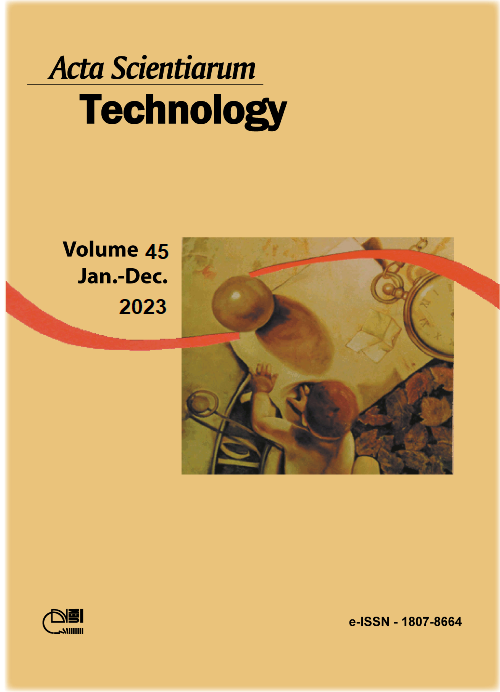ARLE GPS: A computational tool to aid architects in spatial planning of house
DOI:
https://doi.org/10.4025/actascitechnol.v45i1.62821Palavras-chave:
house design; spatial planning; floor plan layout; simulation; evaluation; optimization; cost.Resumo
The floor plan layout (FPL) is conceptualized as an ill-defined problem, due to the identification and formulation of objectives not being fully clear in the conceptual phase of the design. A solution to this issue is to convert the ill-defined problem into a well-defined problem. That is, to make the problem explicit, already in the initial phase of the design process, so that it readily allows the architects to know the requirements and constraints, to formulate the goals, and to apply solution strategies they can manage while solving the problem. This conversion makes it possible to solve the problem by a scientific method, through mathematical modeling of the decision-making problem, rather than by a drawn method, via sketches. It allows the architect to establish a relationship between design variables and house performance attributes, and to know the limits within which the solution, or solutions, can be found, aiding him in generating optimized solutions. In order to contribute to the solution of this issue, we present the computational tool ARLE GPS (geometric planning solver). The tool acts as a physical-biological model of the FPL of house. The physical model is structured by a sophisticated mathematical model, which provides a set of metrics for objective (mathematical) analysis and evaluation, simulation, optimization, rating, and solution selection. The biological model collects, stores, transcribes, and retrieves genetic information from the FPL. The functionality of the physical-biological model allows to construct and explore physical-biological design spaces of FPL, and to establish their value spaces. Its operationalization occurred as an innovative acting tool in the housing architecture design education system.
Downloads
Downloads
Publicado
Como Citar
Edição
Seção
Licença
DECLARAÇíO DE ORIGINALIDADE E DIREITOS AUTORAIS
Declaro que o presente artigo é original, não tendo sido submetido í publicação em qualquer outro periódico nacional ou internacional, quer seja em parte ou em sua totalidade.
Os direitos autorais pertencem exclusivamente aos autores. Os direitos de licenciamento utilizados pelo periódico é a licença Creative Commons Attribution 4.0 (CC BY 4.0): são permitidos o compartilhamento (cópia e distribuição do material em qualqer meio ou formato) e adaptação (remix, transformação e criação de material a partir do conteúdo assim licenciado para quaisquer fins, inclusive comerciais.
Recomenda-se a leitura desse link para maiores informações sobre o tema: fornecimento de créditos e referências de forma correta, entre outros detalhes cruciais para uso adequado do material licenciado.















